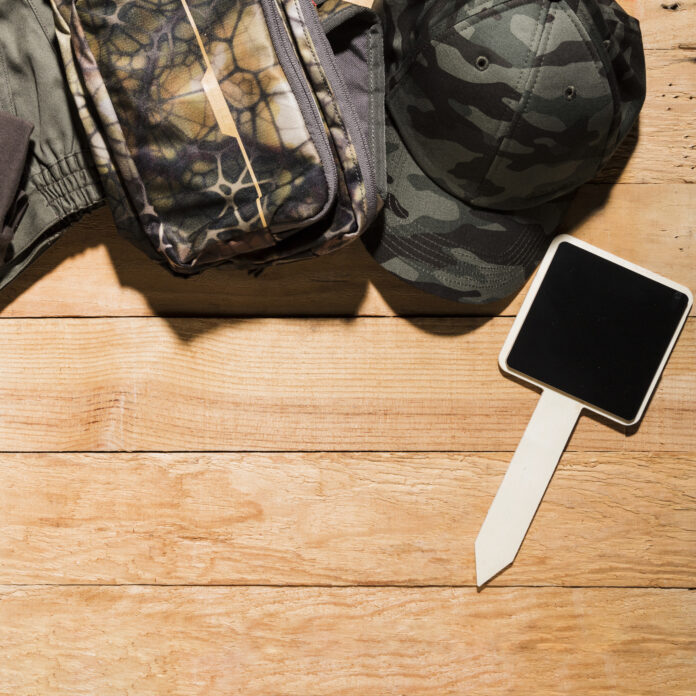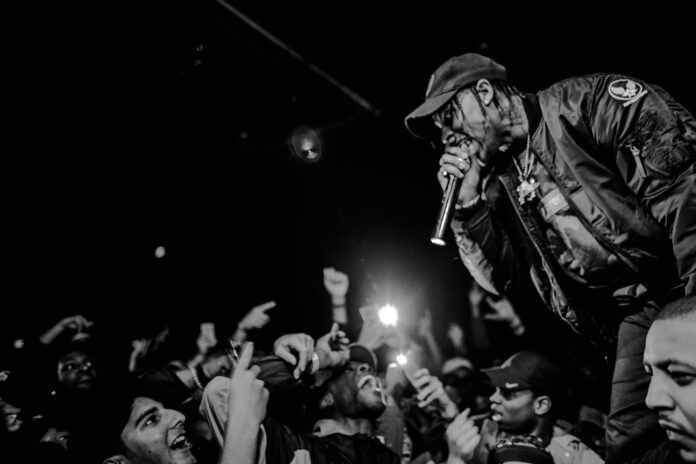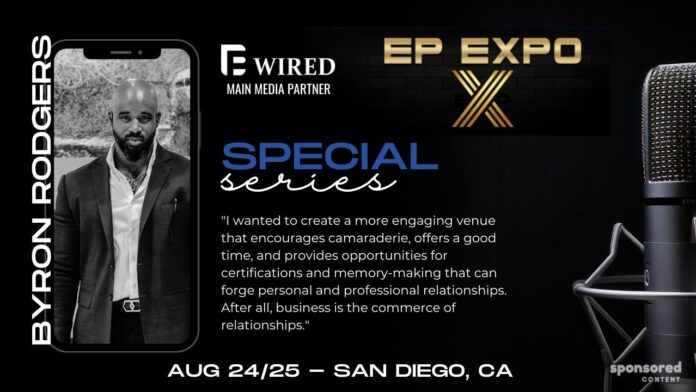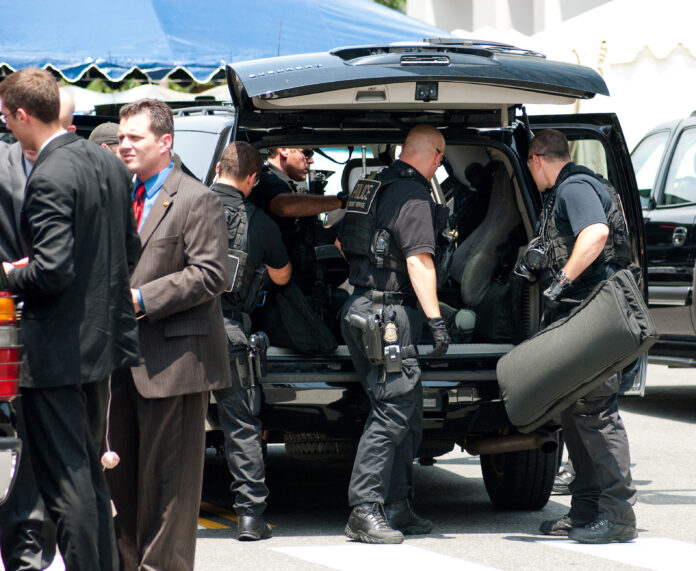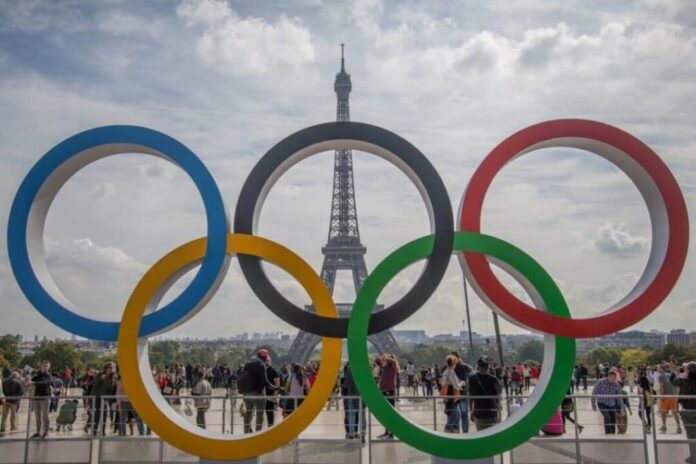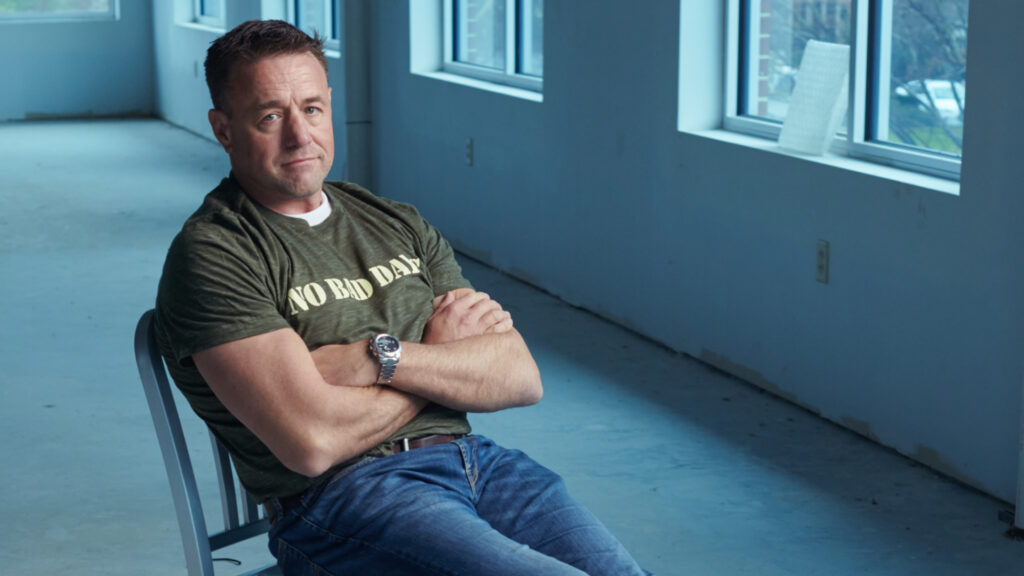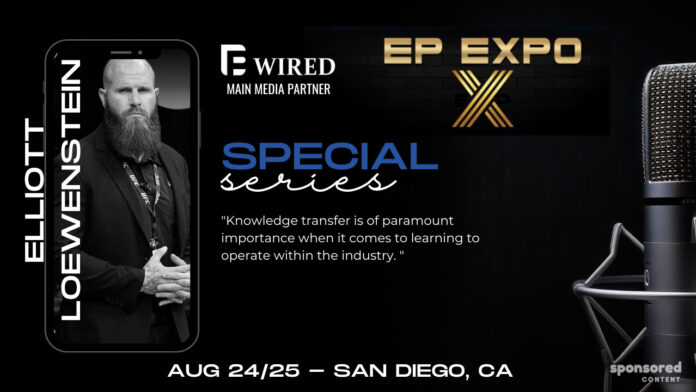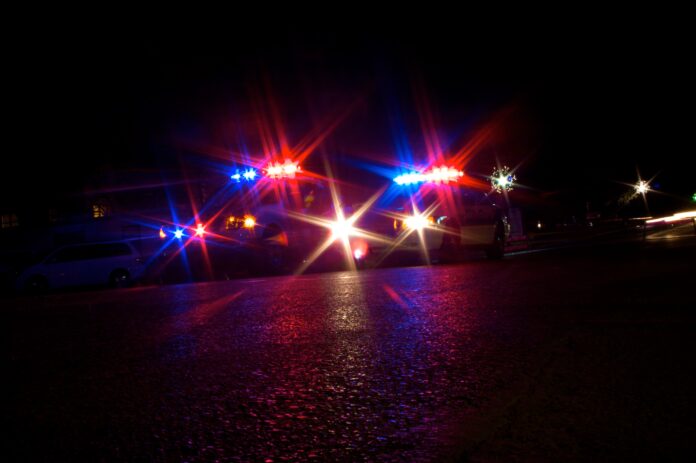Finding and using the best tactical gear could make the difference between life and death. With so much at stake, how can you ensure you’re finding the perfect fit for you and for your assignment? Keep reading to learn more!
The Basics of Tactical Gear
Tactical gear refers to specialized equipment and clothing designed for use in military, law enforcement, and other high-intensity activities. This gear is engineered to provide utility, protection, and durability under extreme conditions.
Of course, not all gear is created equally or for the same purposes. It can include a wide range of items, including apparel, backpacks, bags, protective gear, and other tools, all designed to improve the wearer’s efficiency and effectiveness during a demanding situation.
Tactical gear also offers protection against both physical and environmental threats. It’s made (typically) from high-quality, rugged materials to ensure it can withstand extended use and harsh conditions.
Types of Tactical Gear
Tactical gear comes in many different shapes, forms, materials, features, and benefits. If you’re trying to build the ultimate kit, here’s what to know about the selection of tactical gear available to you.
Apparel and Tactical Clothing
Working in executive protection means adhering to a dress code that will fit the brief, location, and the agent. Even though agents are often required to be formal, having a smart casual outfit that features practical and durable tactical gear will make every detail easier. Let’s take a closer look at the apparel and accessories you should incorporate.
Vests
Whether you’re working indoors or outdoors, a tactical vest can make all the difference in the world. Tactical vests are essential pieces of gear that provide both protection and functionality in high-risk environments. For executive protection agents, these vests play a critical role in ensuring safety while allowing them to carry necessary equipment efficiently.
Designed with multiple compartments, the tactical vest allows you to carry and easily access your tools, weapons, and communication devices. They’re also designed to allow for a full range of motion, ensuring that you can move efficiently while in the field.
Depending on the manufacturer and the product itself, tactical vests can be made with a variety of materials. These include Kevlar, ballistic nylon, Cordura, polyethylene plates, and MOLLE Webbing.
Boots
Tactical boots are another crucial part of gear, providing the necessary support, protection, and comfort needed to perform effectively in various environments. These boots are designed to withstand the demands of intense physical activity while ensuring safety and mobility.
Their design and construction allow you to have reinforced ankle support and stiff soles, which should help prevent injuries like sprains. They will also protect your feet and ankles from different types of hazards.
This can include rough terrain, sharp objects, and potential impacts. What’s more, you can find some models that are resistant to water, chemicals, and fire, providing you with an additional level of safety.
Tactical boots come in many different styles, sizes, and materials. However, the most common construction materials include full-grain leather, nylon, polyester mesh, rubber for the soles, steel or composite toes, and waterproof linings.
Gloves
Tactical gloves are a vital part of an executive protection agent’s gear, providing essential protection, dexterity, and grip necessary in high-risk and demanding situations. These gloves are designed to enhance the performance and safety of the agent, allowing them to handle various tasks effectively while keeping their hands protected from potential hazards.
They can protect you from cuts, abrasions, impacts, and burns. They are a key part of your gear, especially in situations where you need to handle sharp objects, break glass, or engage in physical confrontations.
Another benefit of having tactical gloves is that they should improve your grip so you can maintain control. Also, they’re designed to allow for fine motor control and finger dexterity.
Bags and Backpacks
Bags and backpacks are arguably the most important parts of any tactical gear. They’re also incredibly customizable and diverse depending on the specific agent, their assignment, location, and much more.
The right bags and backpacks should provide you with efficient storage, organization, and accessibility to critical equipment and supplies. Tactical bags and backpacks are designed with multiple compartments, pockets, and MOLLE (Modular Lightweight Load-carrying Equipment) systems. This allows for the systematic organization of gear, making it easy for agents to find and access specific items quickly.
Tactical Pants, Shirts, and Belts
Tactical pants, shirts, and belts form the foundation of an executive protection agent’s uniform, providing functionality, durability, and comfort. These clothing items are designed to support the demands of the job, allowing you to move freely, carry essential gear, and maintain a professional appearance.
Tactical pants typically feature numerous pockets, including cargo pockets, knife pockets, and hidden compartments. The pocket placement is strategic, allowing you to carry tools, extra magazines, or personal items in an organized manner while keeping them easily accessible.
On the other hand, tactical shirts are designed to maintain a sharp, professional look, even in challenging conditions. This is crucial for agents who should always strive to present a polished appearance while remaining prepared for action.
Protective Gear
Protective gear, including helmets and eyewear, is indispensable for executive protection agents. Helmets provide critical head protection and integrate essential communication and night vision systems, while eyewear ensures eye safety and clear vision in diverse conditions.
These items are designed to enhance the agent’s safety, comfort, and operational effectiveness, making them vital components of any tactical gear ensemble.
Helmets
Helmets are designed to protect the head from blunt force trauma, ballistic impacts, and debris. This is especially important in scenarios where agents might face physical assaults, explosive threats, or falling objects.
Eyewear
Tactical eyewear is designed to protect the eyes from debris, dust, wind, and ballistic threats. In environments where the risk of flying particles or shrapnel is high, such protection is crucial for maintaining vision and operational effectiveness.
Key Features to Look For
When choosing tactical gear, it’s essential to consider several key features to ensure the equipment meets the demands of the job.
Material and Durability
The material of your tactical gear plays a significant role in its overall durability and performance. High-quality materials like Kevlar, Cordura nylon, and polycarbonate are often used because they offer strength and resistance to wear and tear. These materials are built to withstand harsh conditions, protecting you from potential hazards while ensuring the gear lasts through rigorous use.
Comfort and Fit
Comfort is crucial when wearing tactical gear for extended periods. Look for gear that is ergonomically designed with adjustable features like straps, padding, and breathable fabrics.
A good fit not only enhances comfort but also allows for better mobility, which is essential during demanding situations. Properly fitted gear reduces fatigue and ensures you can perform your duties without unnecessary discomfort.
Functionality and Versatility
Tactical gear should be highly functional and versatile, allowing you to adapt to different situations. Consider gear with multiple compartments, modular attachments, and compatibility with other equipment.
Versatile designs mean you can carry and access your gear efficiently, whether you’re in an urban environment or outdoors. Functionality also includes quick-release mechanisms, easy access to critical items, and the ability to integrate communication systems or other tools seamlessly.
Maintenance and Care
To ensure your gear remains reliable, it’s important to follow proper maintenance and care routines. Look for gear that is easy to clean and maintain, with materials that resist stains and odors.
Regular inspection and upkeep are essential to keep your gear in top condition, ensuring it performs effectively when you need it most. Gear that requires minimal maintenance but offers maximum durability and protection is always a good investment.
Considering Gear in Different Environments
When choosing tactical gear, it’s important to think about the specific environments where you’ll be operating. Different settings present unique challenges, and your gear should be tailored to handle those conditions effectively.
Climate Considerations
Climate plays a major role in determining what type of gear will be most effective. In hot and humid environments, look for lightweight, breathable materials that wick away moisture to keep you cool and dry.
Mesh panels, moisture-wicking fabrics, and ventilation features in clothing and helmets are crucial for maintaining comfort and reducing the risk of overheating.
Conversely, in cold climates, insulated gear that retains body heat is essential. Tactical clothing with thermal linings, wind-resistant fabrics, and water-resistant coatings helps protect against harsh weather conditions, ensuring that you stay warm and dry.
In wet environments, waterproof or water-resistant gear is necessary to prevent your equipment from getting soaked. The water can add unnecessary weight and lead to discomfort or even gear failure.
Urban vs. Rural
The setting of your operations—whether urban or rural—also impacts your choice of gear. In urban environments, where operations often involve tight spaces, close-quarters encounters, and varied terrain (from concrete streets to indoor settings), compact, streamlined gear is a must.
Tactical gear in urban settings should be designed for mobility and quick access, with features like low-profile helmets, compact backpacks, and discreet clothing that blend into the environment while providing full functionality. The focus should be on gear that allows for rapid movement, concealment, and easy navigation of complex environments.
In rural environments, where you might deal with open spaces, rough terrain, and variable weather conditions, durability and adaptability are key. Tactical gear for rural settings often needs to handle extended outdoor exposure, rough surfaces, and potential encounters with natural obstacles like brush or rocks.
Look for rugged, durable materials that resist tearing and wear, and consider gear that offers ample storage for carrying necessary supplies over long distances.
The ability to attach additional pouches or tools through MOLLE systems or other modular designs can also be crucial in these environments, allowing you to adapt your loadout to the situation.


